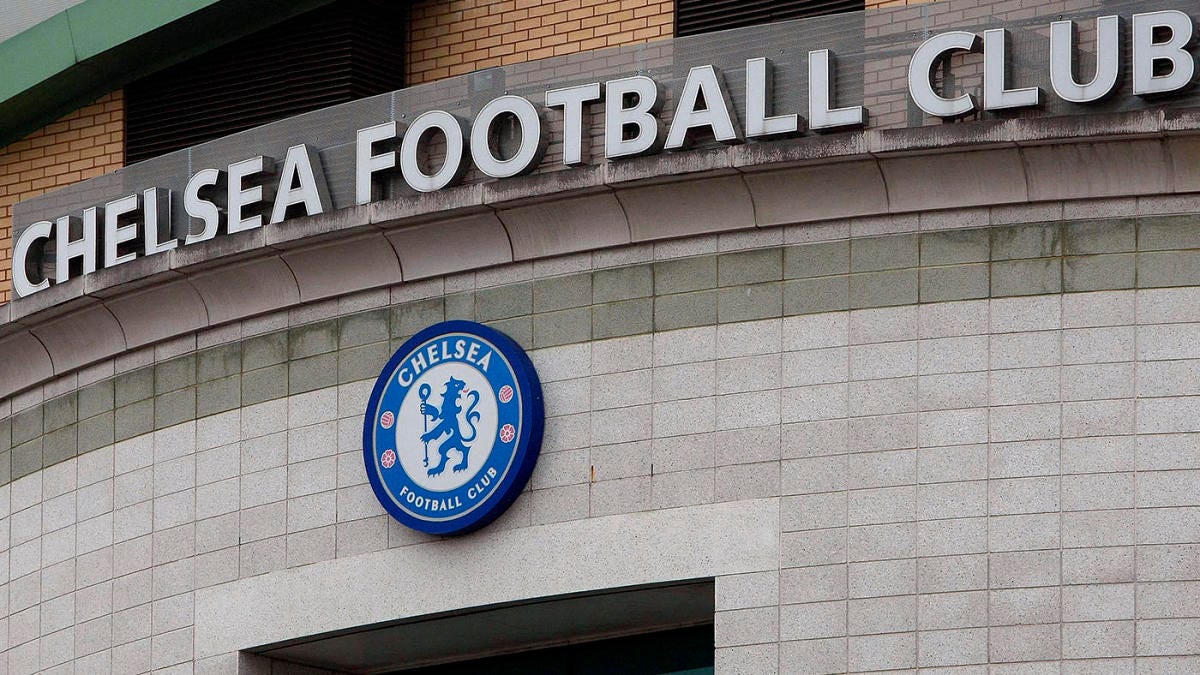Most likely, you’ve been devoting your attention to the conflict in Eastern Europe during the last few days.
It’s been rough – I agree. Although since I don’t have anything intelligent to add to the matter, I will try to shine some light on topics you might find somewhat distracting and hopefully interesting.
One of the headlines in sports this week was billionaire Roman Abramovich confirming his intentions of selling Chelsea FC.
As a Chelsea fan, the first question in my mind was – for how much will he sell it?
But given my financial background, I got more curious and thought – how is a professional team valued in the first place?
Grab a muffin while I explain to you how.
Team Valuation
First of all – let’s travel a bit back to fundamentals – what is value?
According to Investopedia, value is an asset’s monetary or material worth or utility. It is a relative concept because of the different types of values (i.e., market value, fair value, book value, enterprise value, etc.).
The process of assigning value to a company or an asset is called valuation.
Price and value are two different things; hence - knowing the value of something is essential to see if you’re over or underpaying for it.
Investors value companies to pick where to invest their money in public financial markets.
Professional sports teams have value just like regular companies do, but what makes up their valuation?
For simplicity, there are two elements worth noting for a valuation: equity and future cash flows.
Essentially, equity equals assets minus liabilities, but let’s take a closer look at what that means:
Assets
Assets are tangible and intangible elements the team owns that add to their valuations.
Some assets are more complex than others, but the simplest ones to think about are:
Tangible: stadiums & training facilities, equipment
Intangible: contracts, intellectual property, brand, rights, and players (yes – even though you can touch them, players are considered intangible assets!)
Liabilities
Liabilities are the obligations or debts that a team owes to third parties like banks or other lenders. In contrast to assets, liabilities subtract from the value of a team.
There are long and short-term liabilities, and most come in the form of contracts that state the debt amount. Debt is no bueno for a team because it carries interest to be paid, subtracting even more from its value.
Accountants do not consider employees & coaching staff as liabilities, although they incur a significant expense on teams, impacting their valuation.
Equity
Remember the formula: Equity = Assets - Liabilities.
Equity is what shareholders would get today if the company sold all its assets and paid all its debt.
It is also known as shareholder’s equity. It represents the amount that owners have invested in the company or the total amount of money added up from retained earnings by the team over time.
Nevertheless, equity is not enough to value a business actively operating and generating revenues. Hence, we must also talk about future cash flows:
Future Cash Flows
A team is constantly earning cash from selling tickets, merch, sponsors, and others.
There’s an estimated certainty of those cash flows but those earnings that have not yet been ‘earned.’ Nevertheless, they’re also valuable and should be added to a team valuation. Given that there’s interest involved (i.e., the value of time) – future cash flows are discounted to today’s value, also known as net present value (NPV).
The Bottom Line
Teams are pretty much like companies when valued. The value of a team will be mainly derived from the difference between assets and liabilities (i.e., equity) and future cash flows discounted to the day of the sale.
Although it seems simple – it requires lots of people, time, and effort to figure out the correct number, and given that value is relative – there will always be someone who’ll disagree with it.
🎙 Halftime Snacks Podcast
Startups, Investments, and Trends in Sports Tech
Clint is the founder and director of Bullpen – a media company covering startups, investments, and trends in media, sports, music, entertainment, and everything in between.
In the episode, we talk about the new deal tracker by Bullpen, we discuss best practices for startups looking to raise capital (do’s and don’ts, how to navigate the networking phase, checklist of a pitch deck), and end up discussing trends to keep a close eye on for 2022.
Listen on Apple | Spotify | Google
Follow the Halftime Snacks on Twitter | Instagram | LinkedIn
Apply to be a guest on the Halftime Snacks Podcast here.










